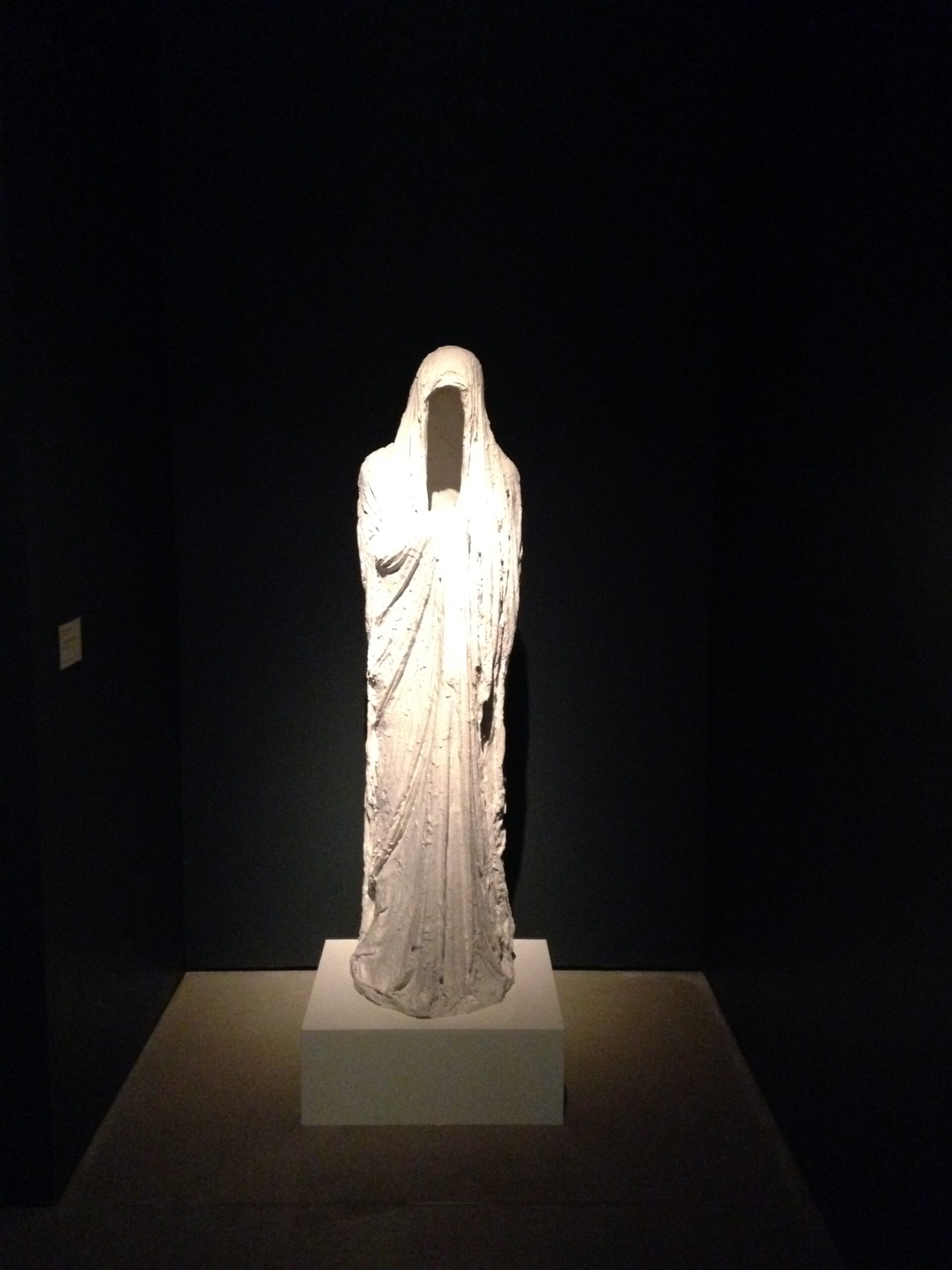Category: Meditations
-
Meditation #7 Restoring the value of opportunity
“Luck is what happens when preparation meets opportunity” This quote is usually attributed to Seneca, but that is not entirely correct. It is neither from Seneca nor quoted correctly. It does however seem to be based on this quote from Seneca’s On Benefits, Book VII, I: “’The best wrestler,’ he would say, ‘is not he…
-
Meditation #6 agile manifesto principle 11, insert “do not”
“The best architectures, requirements, and designs emerge from self-organizing teams” is the eleventh principle out of twelve in the agile manifesto. Taken at face-value it is somewhat difficult to understand what exactly it means. In order to unwrap the import of this we need to investigate the meaning of some key concepts. The core idea…
-
Meditation #5 The Hard Problem of AI is the Problem
Much energy and resources are being put into Artificial Intelligence currently. Artificial Intelligence is expected to approach and eclipse human intelligence. According to a poll by Nick Bostrom the consensus is that it will happen anytime between a few decades and one hundred years from now with the consensus around mid century. We are making…
-

Meditation #4 Remember to die
Remembering that soon your company will disappear, your product be obsolete and your ideas irrelevant or wrong may help us not to get too attached. It may help us be more curious and open to new ideas and experiences. It may help us to be less dismissive of criticism and competing claims.
-
Meditation #3 Five Theses on IT Security
The point of IT security is not to keep everything locked up. The reason we often think about security like that may be our day-to-day concepts of security. For example, maximum security prisons where particularly dangerous criminals are being kept. Keeping them locked up may be a comforting idea. However, we would probably squirm at…
-
Meditation #2 AI Supremacy?
We often hear how the singularity is near, artificial intelligence will eclipse human intelligence and become superintelligent in the words of Nick Bostrom. Machines will be infinitely smarter faster and all round more bad ass at everything. In fact, we cannot even imagine the intelligence of the machines of the (near) future. In Max Tegmark’s…
-
Meditation #1 Hire A’s?
“While A’s tend to hire A’s, B’s tend to hire not just B’s but C’s and D’s too” From the section “The herd effect” in the book How Google Works by former CEO of Google Eric Schmidt and Jonathan Rosenberg It is unclear the precise meaning of A, B, C and D, but from the context it…